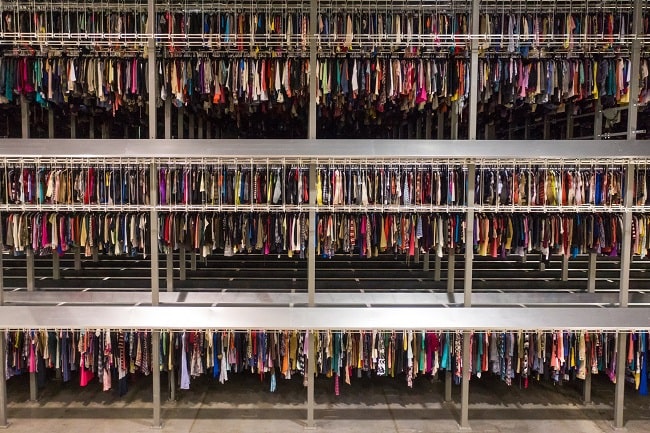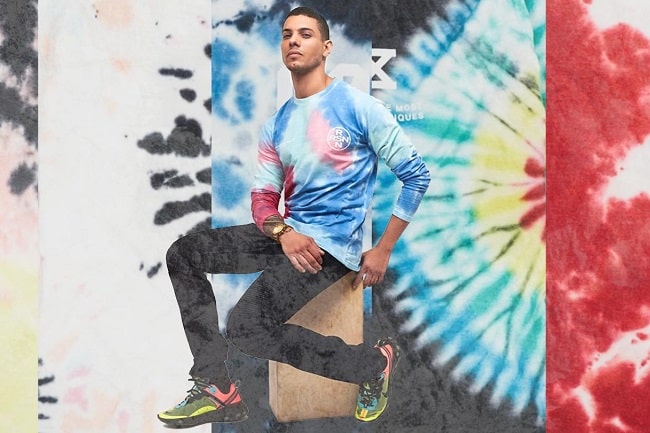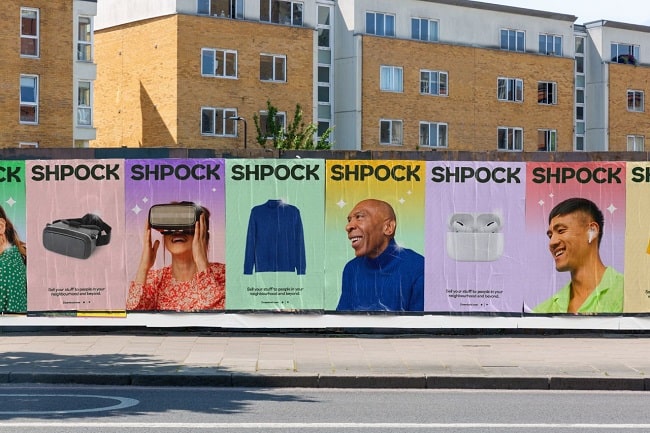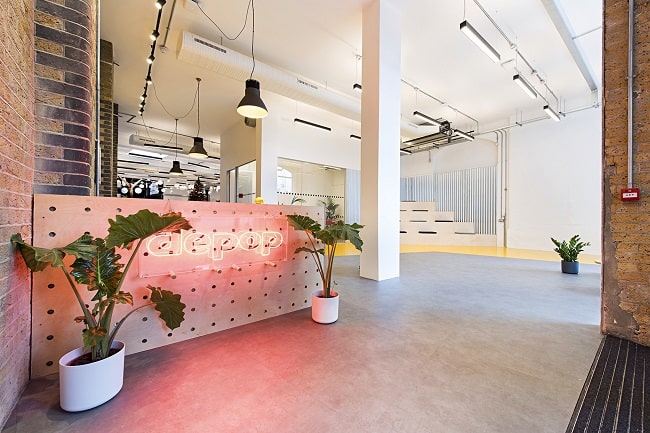1
HOME > Business >
WHY THE RESALE MARKET IS THRIVING DURING THE PANDEMIC
Written by Ivan Yaskey in Business on the 28th October 2020

Perhaps as a confluence of factors – from supporting local businesses toward greater emphasis on sustainability – the resale market has picked up speed as a sort of alternative economy during the pandemic while big-box and department store chains file for bankruptcy. ThredUp’s 2020 Resale Report, featuring research from GlobalData, found that secondhand retailers have spent 2020 building off 2019’s momentum. Last year, the resale economy increased 25 times faster than traditional retail, has outpaced traditional clothing sales for the past three years, and is predicted to out-sell fast fashion by the end of the decade. Excluding brick-and-mortar thrift stores, the resale economy will steadily continue its rise, with $36 billion in sales predicted for 2024 – up from $7 billion so far in 2020.
Changing attitudes have contributed to this shift: while Millennials and Gen Z are behind most of these numbers, Boomers and Gen X buyers are purchasing more secondhand clothing while also selling items from their own wardrobes to cash in on apps like Poshmark, Mercari, and Depop. Yet, more in the present, ThredUp’s data indicates that the online resale market will grow 27 percent by the end of 2020, while traditional retail, meanwhile, will see its market share decrease by almost a quarter. At the same time, other traditional retailers have taken note of ThedUp’s own online thrift store model: They’ve since entered into partnerships with Walmart and have set up independent shops through Macy’s and J.C. Penney. While ThredUp’s report highlights this change, multiple factors have contributed to the success of the resale market during the pandemic.

Bored and Nowhere to Go
Surveys about changing consumer shopping habits highlight another shift: Many staying at home with disposable income have nowhere to go and have turned to online window shopping – or, more specifically, lazily and passively browsing eCommerce retailers. At the same time, consumers are more aware about their purchases. More so now than last year, consumers want to be more sustainable and help smaller businesses, and purchasing from secondhand sellers kills two birds with one stone. ThredUp’s data supports this shift: Their 2020 Resale Report noted shoppers spent 2.2 million hours browsing its platform in May alone, a 31-percent increase since the start of the pandemic. ThredUp is far from the only retailer to see this jump during the pandemic. Vestiaire Collective, in its own report, noted that sales were up 119 percent year over year for the month of May, while, at the same time, the platform saw 88 percent more items from April to May.

Sustainability and the Circular Economy
As to the “why” behind this trend, ThredUp’s report found that 70 percent of consumers believe climate change should be addressed, and participating in the circular economy – or the reselling of existing apparel and home goods – helps with offsetting waste from production, the consumption of natural resources, and the cluttering of landfills with fabrics and clothing. Vestiaire’s data added another dimension to these findings, showing that consumers continue to seek out – resale and luxury wise – brands that have been vocal about their sustainability efforts, including Stella McCartney, Marine Serre, and Veja.
Supporting Small Businesses
Early on in the pandemic, with many retailers closing brick-and-mortar locations and online sales being a sole lifeline, many decided to support smaller/reseller businesses, be it local mom-and-pop stores, restaurants, or independent sellers on Etsy. The momentum hasn’t stopped, and individuals looking to stock up on clothing – for instance, the “Zoom shirt” or athleisure – have intentionally diverted their dollars and pounds to smaller, independently owned businesses that have more to risk long term.

Money’s Tight
Expanding upon these figures, ThredUp found that over 80 percent of subjects surveyed buy or plan to buy secondhand when living on a limited budget. Along with these findings, half of these subjects pulled back on luxury spending and over 60 percent have avoided department stores because of the prices. While studies have focused on the pandemic buyer, ThredUp’s report examines in greater detail another entity of the resale marketplace – the seller who, in need of cash, has cleaned out their wardrobe and is now listing their not-worn-recently items on eBay, Depop, Etsy, or Poshmark, depending upon if the items classify as secondhand or vintage or appeal to a specific market segment, like streetwear aficionados. ThredUp’s 2020 report found that 50-percent more people are cleaning out their wardrobes. Supporting these assertions, a report about ThredUp’s own facility indicated the online secondhand retailer has seen 60-percent more donations since the start of the pandemic. ThredUp’s own sales, meanwhile, increased 20 percent over this period.

The New Basics
Pre-pandemic, most of us could get away with blue shirts and chinos. Now, though, basics have changed: we’re all buying face masks to safely venture outdoors while socially distancing, and retailers, including The RealReal in a report from CNN, have seen a 24-percent year-over-year uptick in demand for luxury scarves. It’s assumed that this accessory, once thought of as frivolous, makes the wearer look polished in a Zoom call and can double as a face mask later. CNN found that sales for men’s handbags have also seen a jump – nearly 20 percent – supposedly to carry not only a mask but also gloves, hand sanitizer, and wipes. Aside from looking to make a professional impression on Zoom, Vestiaire Collective’s report found that buyers are also seeking out secondhand athletic wear, including by classic brands like Adidas and Nike, for their home workouts and to relax in. At the same time, as runway presentations show, there are no new trends. Everything seems poached from another era – with designers, being more direct about it, looking into their archives. As such, a CNBC report found that to appear current and invest in basics, buyers are seeking out secondhand luxury goods, particularly luxury handbags.

What About Streetwear?
What won’t seem surprising to some, considering the buying power of the hypebeast, streetwear’s trajectory mirrors and builds off the secondhand market and, in some regards, can be seen as a successful niche segment. Overlapping with demand for secondhand luxury goods, The RealReal, in a report from Footwear News, indicated that specific luxury streetwear brands have seen strong year-over-year growth on its platform, including Jordan, Off-White, Balenciaga, Supreme, and Yeezy, with luxury trainers driving much of the demand. At the same time, the vintage streetwear market started getting attention last year, and retailers recognising its growth have begun capitalising on it. As one example, a Glossy profile of TheDrop indicated that not only has the company tripled its ROI by adding new brands during the pandemic, but it bridges streetwear’s two sides by giving visibility to new collections and including resale and secondhand items among its offerings.
In the future do you plan to buy more secondhand clothing to be more sustainable? #fashion
— Menswear Style (@MenswearStyle) October 28, 2020

Trending
2
3
4
5
6
7
8
9
10










